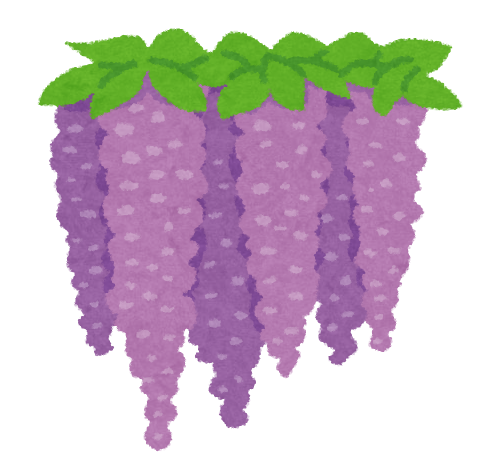Description
The students first get a worksheet that has 6 random letters. The students draw the letters in the squares using whatever colour/design they like. When they’re finished, they cut them out.
The students then get a sheet of paper with their name on it written in English, and six letters which were made in the previous lesson (they don’t need to be the ones they made originally). They use the paper to make pairs and ask for letters. If their partner has the letter they asked for, they give it to them.
When they have all the letters to make their name, they can glue them (in the correct order) to their paper.
After class, students can add their own design to the rest of the paper, and glue it to their new name card to use for the next year.
Notes
- It takes the students a long time to draw their letters, so it is best to split the activity into two lessons.
- If using lower case letters, the first letter of each name is left for the student to draw on their own name card as a capital.
- When making the worksheets, make sure you have enough letters for each student’s name – certain letters will be much more common than others. One way to do it is to take each student’s name, shuffle the letters and put them all on one worksheet. This worksheet doesn’t need to be given to the student whose name it was, however. If there are more than 6 letters, add those letters onto the next worksheet that has a short name. If there are left over spaces, fill them with common letters so there are some spares.
- It’s recommended that the name cards are laminated once finished. The letters will often fall off the card throughout the school year otherwise.
